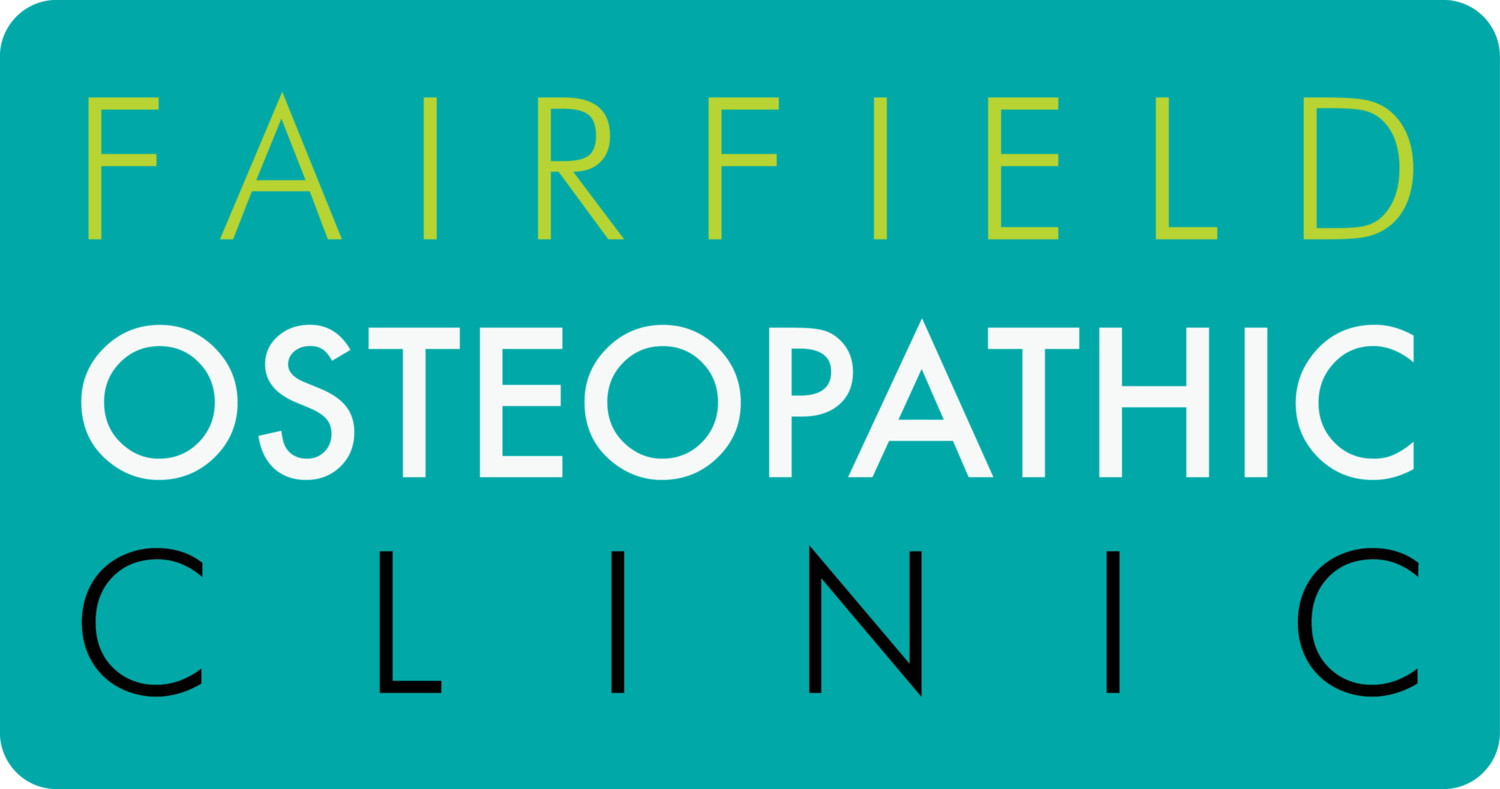What is Benign paroxysmal positional vertigo (BPPV)?
BPPV is one of the most common causes of vertigo, causing brief episodes of mild to intense dizziness and is usually triggered by specific changes in your head's position.
It is most common in older people.
Benign means that it is not due to a serious cause.
Paroxysmal means that the episodes of dizziness are brief with a rapid onset and offset.
Positional means that the symptoms may be triggered by certain positions.
Vertigo is dizziness with a spinning sensation. You may feel as though the world is spinning around you and you may feel very unsteady.
Symptoms of BPPV
The main symptom is intense dizziness (vertigo) which typically lasts for 10-20 seconds, but no longer than one minute. It then goes away completely.
The vertigo is triggered by a change in head position. With each episode of vertigo you may feel sick (nauseated) but it is not common to vomit.
The nausea may last an hour or so, even though the vertigo lasts just seconds. Between episodes of BPPV you may feel well. In most cases, the symptoms resolve within several weeks, but it can take months.
Who can help at Fairfield Osteo Clinic?
Our practitioners, Callan Reid and Mark Cooper, are qualified to assess and treat BPPV.
Assessment
If your symptoms fit BPPV or you’ve already been diagnosed then an assessment will attempt to confirm a diagnosis.
This includes:
a discussion about your health and symptoms that suggest BPPV.
tests like the Dix-Hallpike manoeuvre also help confirm a diagnosis.
For the Dix-Hallpike manoeuvre you sit on the treatment table. The practitioner then assists you to lie back and move your head into certain directions. These movements usually trigger an episode of intense vertigo and a condition called nystagmus , an involuntary eye movement.
Treatment
Treatment options of BPPV include the Epley manoeuvre, a simple manoeuvre which may be performed by a practitioner in order to reposition the particles (otoconia) from the posterior semicircular canal into the vestibule where they settle and cause no symptoms. It is done by a series of assisted sitting to laying down positional changes with specific head movements.
